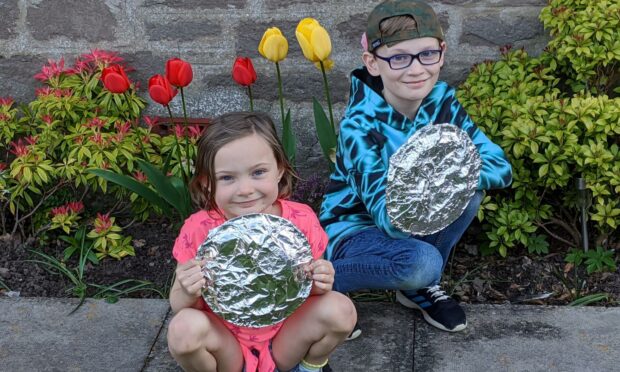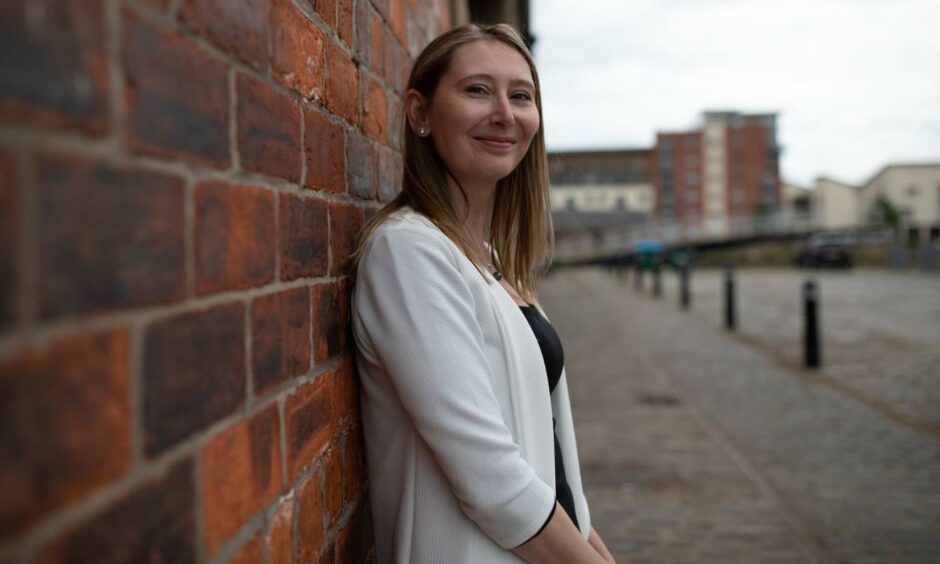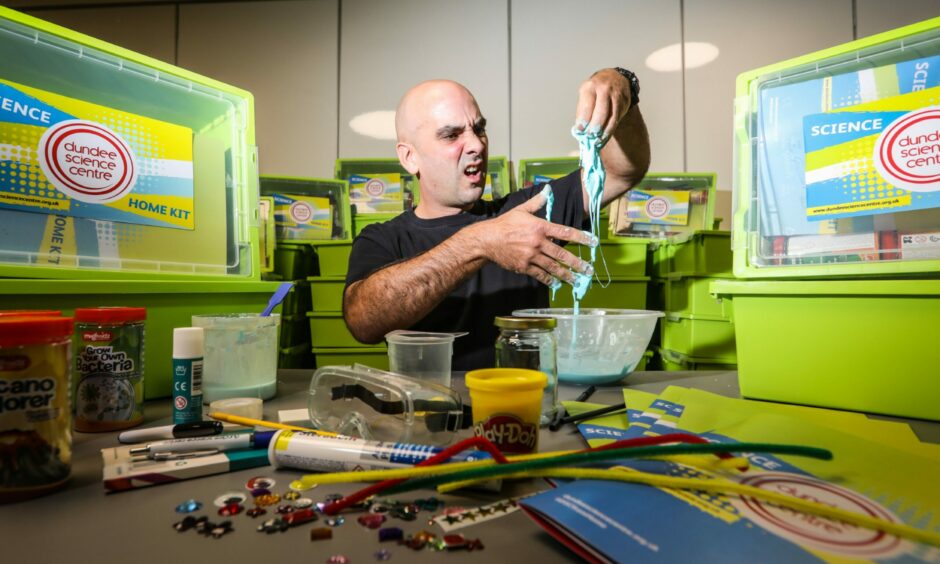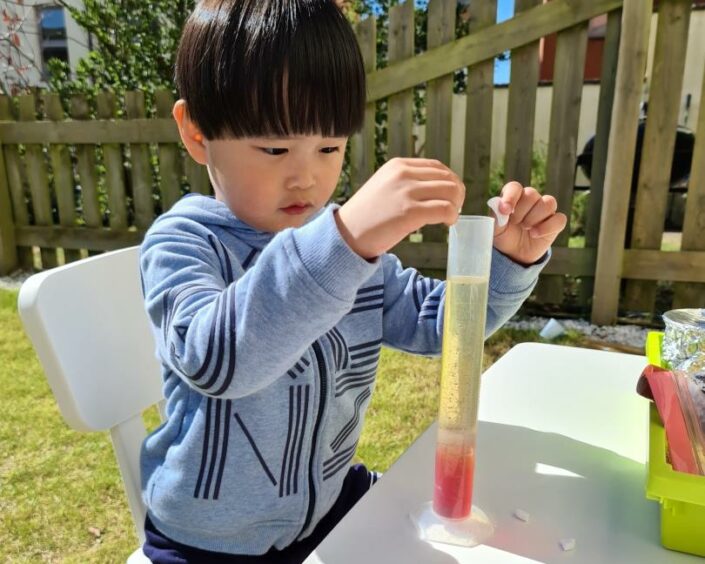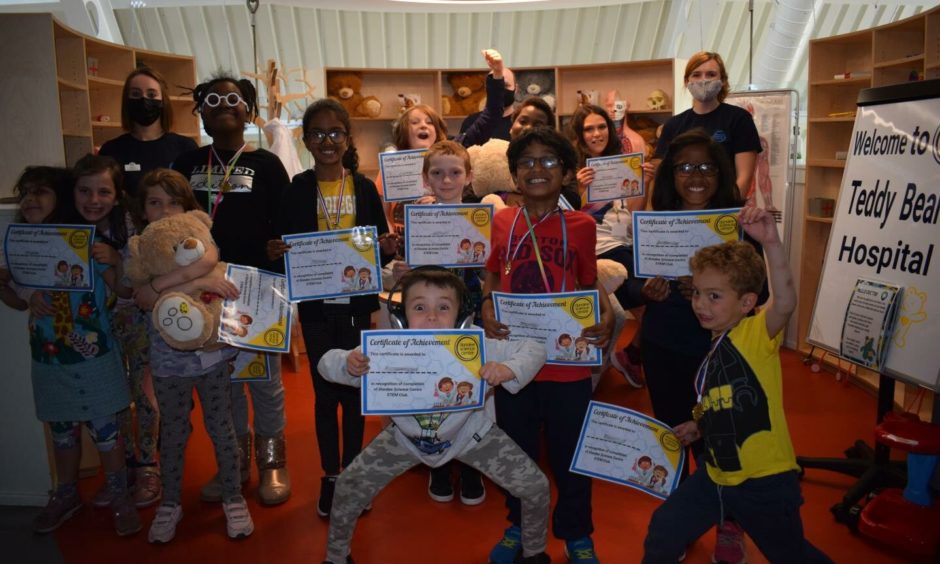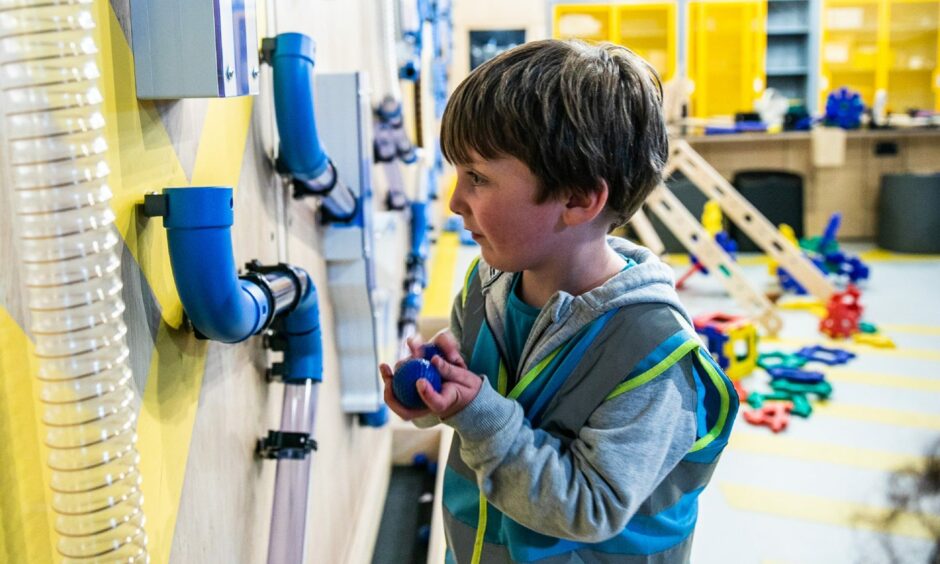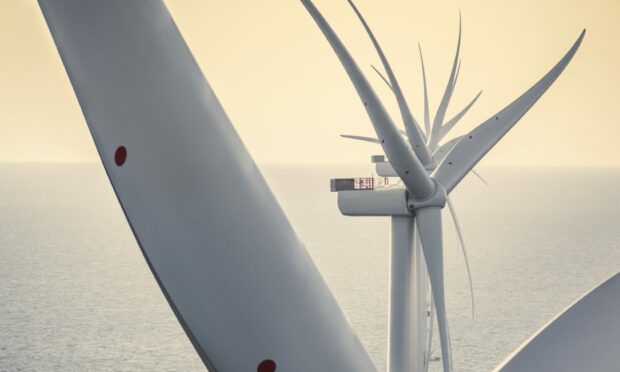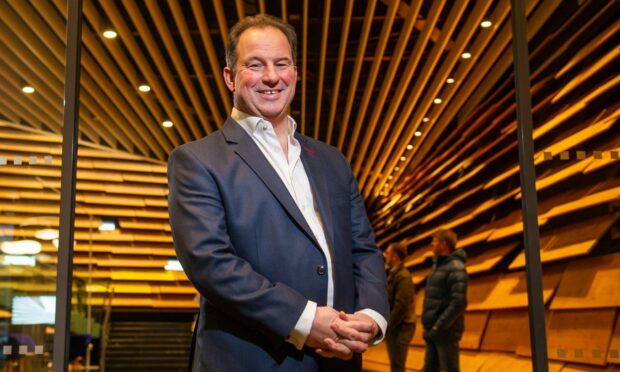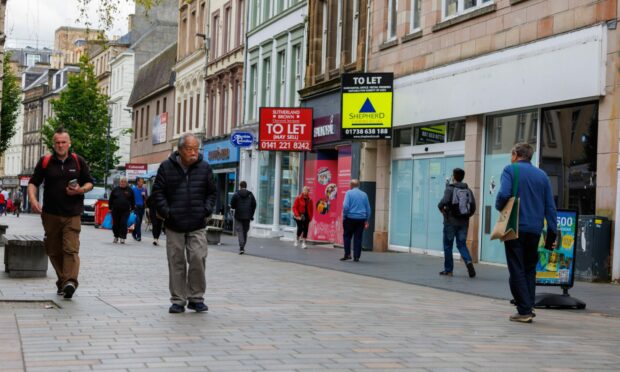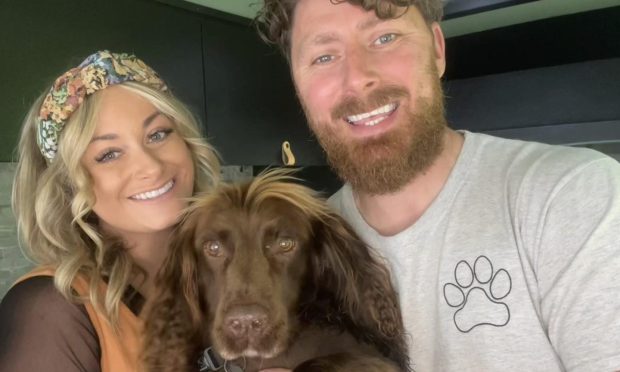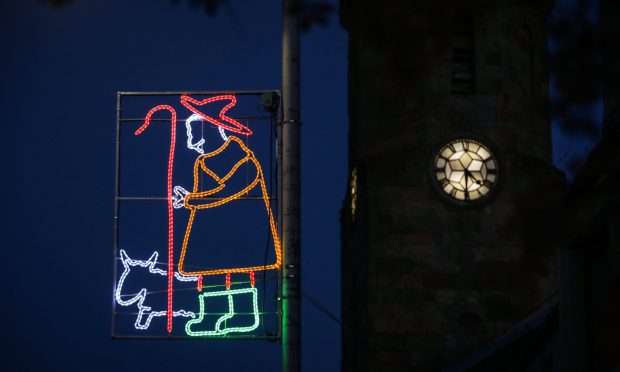As the country went into lockdown and we were ordered to stay at home, Dundee Science Centre had to reach out and teach children science in a new way.
The Greenmarket visitor attraction aims to provide a hands-on learning experience bringing science to life.
But with its doors closed and 75% of staff on furlough, hosting groups in the centre was not an option.
Head of business and operations Lorraine Lemon was in total shock.
She recalls: “We are a hands-on visitor attraction, so how do we change that?
“Within literally seven days of us shutting the doors, we had an online programme on offer.”
Every week, a new topic with different activities – from forensics week to weather week – was uploaded on the website.
In March 2020, thinking lockdown might last only a few weeks, Lorraine and the team focused on the home learning programme.
Science at home kits
Once it became clear Covid-19 would stick around, the science centre began to look at what else it could do.
Reaching out to struggling local families also became a priority.
After donating all its coffee shop stock to foodbanks, the centre was approached by the Dundee Fairness Commission to help children engage with learning.
Lorraine says: “There was a real issue with some of our community not being able to engage with learning because of issues with having devices and access to the internet.
“Despite the fact that we created the online programme, a lot of our audience couldn’t interact with it. They didn’t have the means to.
“We came up with science at home kits to address some of the issues we experienced.”
Community workers helped the centre identify who was in need of boxes and the kit went out with food bags.
The science kit activities included making volcanoes and learning about everything from bugs to the human body and forensics.
The first round of kits was 200 boxes and 3,000 separate activities packed by science centre staff with the help of their families.
Never enough kits to go around
The first round of kits was received well from both children and community workers.
As staff handed them out, it gave them a chance to speak to families and find out how they were coping.
For every school holiday, the science centre would pack new science at home kits.
We started handing out our kits on Thursday and it's great to see our kits leaving the centre and going out to the community!
Here we have Gail from Rainbow House, @DundeeFCCT, Angus Careers, and Morna from Ardler pic.twitter.com/w9bHa209ev
— DundeeScienceCentre (@DundeeSciCentre) April 5, 2021
Lorraine says: “We use the local authority system for referrals, so they go to those who need it most.
“And we were always inundated. We don’t have enough boxes to meet demand.
“It’s a good position to be in, but it means we’re always fundraising.”
A special edition of the kits were made for COP26 in Glasgow. In total, 2,250 science at home kits were sent out.
Dundee University received the Stephen Fry Award for Excellence in Public Engagement for the collaborative work with Dundee Science Centre.
Confidence through STEM clubs
When the centre was able to re-open, it wanted to give children in the community a more hands-on experience.
During the 2021 summer holidays, it started a STEM club, where each week 20 primary school children got to do experiments and activities.
Lorraine says: “They got to engage in a fun environment, with lots of hands-on activities as well as exploring the exhibits both indoors and out.
“They’ve blown up volcanoes and made slime, they’re out in the garden, playing with musical instruments and making bug hotels.
“Some of our youngsters would come in wearing hoodies, very withdrawn, wouldn’t make eye contact.
“At the end of the week they’re hugging you and saying they’re going to miss you.
“Having this club facility available for our community is having a significant positive impact on their wellbeing and learning.
“Creating a safe environment really builds their confidence.
“One of the kids came to me and said ‘by the way, I’m going to have your job in 10 years’ time’.”
Another STEM club went ahead for the October school holidays.
Dundee Science Centre will never be the same again
The science centre underwent a £2.1 million refurbishment last year and although it closed temporarily in January, it has now reopened.
As Covid has reduced capacity in the centre, there are now timed tickets.
While this means fewer visitors, Lorraine thinks this enhances the experience.
“At the moment our capacity is 175, which is far reduced from the 800 we had before,” she says.
“But the experience is better because nobody is queuing for exhibits. The model we had before is not going to work any more.”
The online programme developed at the start of the pandemic has reached 165,000 children, including as far afield as Australia.
It will not be its last online experience.
Dundee Science Centre’s first live stream will be in partnership with a solar panel farm in Chile.
From homes, classrooms and the centre, children will be able to ask Chilean engineers about solar power in real time.
“We need to adapt and change based on what our audiences are looking for,” Lorraine says
“We will now always have a blended approach to how we deliver. I don’t think that’s going away.”
